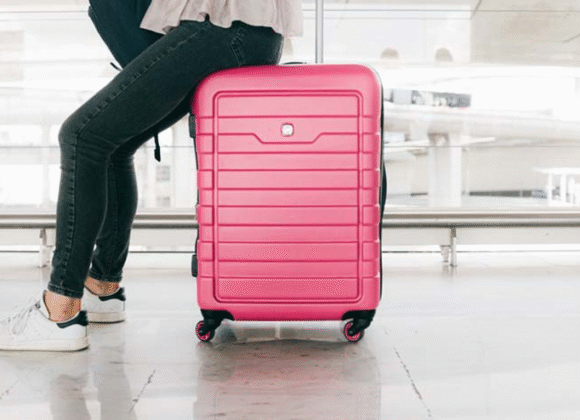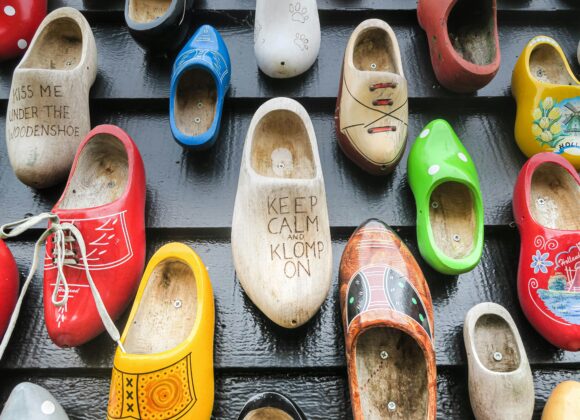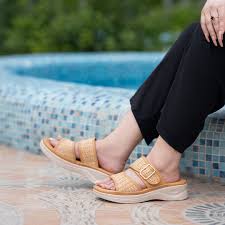Southeast Asia is a region of vibrant cultures, tropical climates, and deeply rooted traditions. Whether you’re backpacking through Thailand, island-hopping in Indonesia, or exploring ancient temples in Cambodia, knowing what to wear is essential—not just for comfort, but for cultural respect and practicality. This guide explores what travelers wear in Thailand and other parts of Southeast Asia, offering insights into local customs, climate considerations, and packing tips.
🇹🇭 Thailand: Tropical Vibes and Temple Etiquette
Thailand is a favorite among travelers for its stunning beaches, lively cities, and rich spiritual heritage. The climate is hot and humid year-round, so breathable fabrics are a must. However, cultural norms—especially around temples—require modesty.
What to wear to Thailand:
- Lightweight cotton or linen clothing to stay cool.
- Loose-fitting tops and pants that cover shoulders and knees for temple visits.
- Maxi skirts, palazzo pants, or harem trousers—popular among backpackers and respectful for religious sites.
- Swimwear is acceptable at beaches and pools but should never be worn in public streets or restaurants.
- Sarongs or scarves are versatile for covering up quickly when needed.
Temples like Wat Pho or Wat Arun in Bangkok enforce dress codes. Women should avoid spaghetti straps and short shorts, while men should skip sleeveless shirts. Many temples offer rental shawls or skirts if you’re underdressed, but it’s better to come prepared.
🧍♂️ Traveler Archetypes in Thailand
According to local observations, travelers in Thailand often fall into distinct style categories:
- The Tourist: Practical gear like convertible pants and moisture-wicking shirts. Not fashion-forward, but functional.
- Gap Year Students: Stylish but often impractical outfits—think denim shorts, crop tops, and trendy accessories.
- Holiday Makers: Resort wear like sundresses, sparkly sandals, and wide-brim hats. Perfect for beach clubs and hotel lounges.
- Boho Hippies: Embrace the laid-back vibe with dreadlocks, fisherman pants, and beer-logo tank tops.
Regardless of your style, most travelers end up buying local staples like flip-flops, straw fedoras, and cross-body fabric bags.
🇻🇳 Vietnam: Urban Chic Meets Countryside Practicality
Vietnam’s fashion landscape varies dramatically between cities and rural areas. In Hanoi or Ho Chi Minh City, locals dress smartly, and travelers often follow suit with casual chic outfits.
What to wear in Vietnam:
- Breathable trousers, midi skirts, and button-down shirts for city exploration.
- Long sleeves and pants in the countryside to protect against sun and insects.
- Rain jackets or ponchos—especially during the monsoon season.
Vietnamese culture values modesty, so avoid overly revealing clothing. Sleeveless tops are fine in urban areas but should be paired with a scarf or jacket when visiting temples or rural villages.
🇰🇭 Cambodia: Respectful and Functional
Cambodia shares many cultural norms with Thailand, especially regarding temple attire. Angkor Wat, one of the most famous temple complexes, has strict dress codes.
What to wear in Cambodia:
- Long skirts or pants and tops with sleeves for temple visits.
- Lightweight, breathable fabrics to combat the heat.
- Comfortable walking shoes—temple grounds can be vast and uneven.
Avoid wearing beachwear or tank tops in public areas. Locals appreciate travelers who make an effort to dress respectfully, and it often leads to warmer interactions.
🇮🇩 Indonesia: Island Vibes with Modest Touches
Indonesia is a diverse archipelago with varying cultural expectations. Bali is relaxed and beachy, while Java and Sumatra are more conservative due to their Muslim-majority populations.
What to wear in Indonesia:
- Swimwear and beachwear are fine in Bali but should be covered up when leaving the beach.
- Modest clothing—covering shoulders and knees—is expected in Java and other conservative regions.
- Sarongs are often required for temple visits, even in Bali.
In Bali, you’ll see everything from yoga pants to boho dresses. But in places like Yogyakarta or Lombok, opt for longer skirts and tops with sleeves.
🇲🇲 Myanmar: Tradition Meets Tropical Heat
Myanmar’s traditional clothing, like the longyi (a wraparound skirt), is worn by locals and embraced by travelers. It’s comfortable, respectful, and easy to wear.
What to wear in Myanmar:
- Longyi or loose trousers for both men and women.
- Simple tops with sleeves—avoid tank tops and low-cut shirts.
- Sandals or slip-on shoes—you’ll need to remove footwear often at religious sites.
Myanmar is deeply spiritual, and dressing modestly is a sign of respect. Even in hot weather, locals cover up, and travelers are expected to do the same.
🧥 Climate Considerations Across Southeast Asia
Southeast Asia’s climate is generally tropical, with high humidity and frequent rain. Here’s how to dress for the weather:
- Dry Season (Nov–Apr): Lightweight clothing, sunglasses, and sun hats.
- Wet Season (May–Oct): Quick-dry fabrics, waterproof jackets, and sturdy sandals.
- Mountainous Areas: Layers for cooler temperatures, especially in northern Vietnam or northern Thailand.
Humidity can be intense, so avoid heavy fabrics like denim. Opt for clothes that dry quickly and don’t cling to the skin.
🧳 Packing Essentials for Southeast Asia
According to travel experts, here are must-have items for your Southeast Asia wardrobe:
- Quick-dry travel towel: Hostels may not provide clean towels.
- Portable charger: Essential for long travel days.
- Universal power adapter: Outlets vary across countries.
- Mosquito-repellent bracelets or spray: Especially important in rural areas.
- VPN: For secure internet access in countries with restricted websites.
Footwear tips:
- Flip-flops for beaches and casual outings.
- Slip-on shoes for temples.
- Hiking sandals or sneakers for trekking and city walking.
🧘♀️ Cultural Sensitivity and Dress Codes
Respecting local customs is crucial. Here are some general guidelines:
- Cover shoulders and knees in temples and rural areas.
- Avoid sheer or tight clothing—modesty is valued.
- Remove shoes before entering homes or religious sites.
- Avoid offensive symbols or slogans on clothing.
In many places, dressing respectfully can lead to better service, friendlier interactions, and a deeper connection with the culture.
🧵 Local Fashion and Shopping
Southeast Asia is a shopper’s paradise. Bangkok, Hanoi, and Bali offer affordable fashion that’s perfect for the climate and culture.
Popular local buys:
- Fisherman pants and harem trousers
- Boho dresses and tunics
- Handmade scarves and sarongs
- Straw hats and woven bags
Shopping locally not only supports artisans but also helps you blend in with the traveler aesthetic.
🧭 Final Tips for Dressing in Southeast Asia
- Pack light—laundry services are cheap and widely available.
- Choose versatile pieces that can be mixed and matched.
- Bring layers for air-conditioned buses and cooler nights.
- Respect local norms—when in doubt, cover up.
Whether you’re wondering what to wear to Thailand or planning a multi-country adventure, the key is to balance comfort, modesty, and style. Southeast Asia welcomes travelers with open arms—but a little wardrobe wisdom goes a long way.



